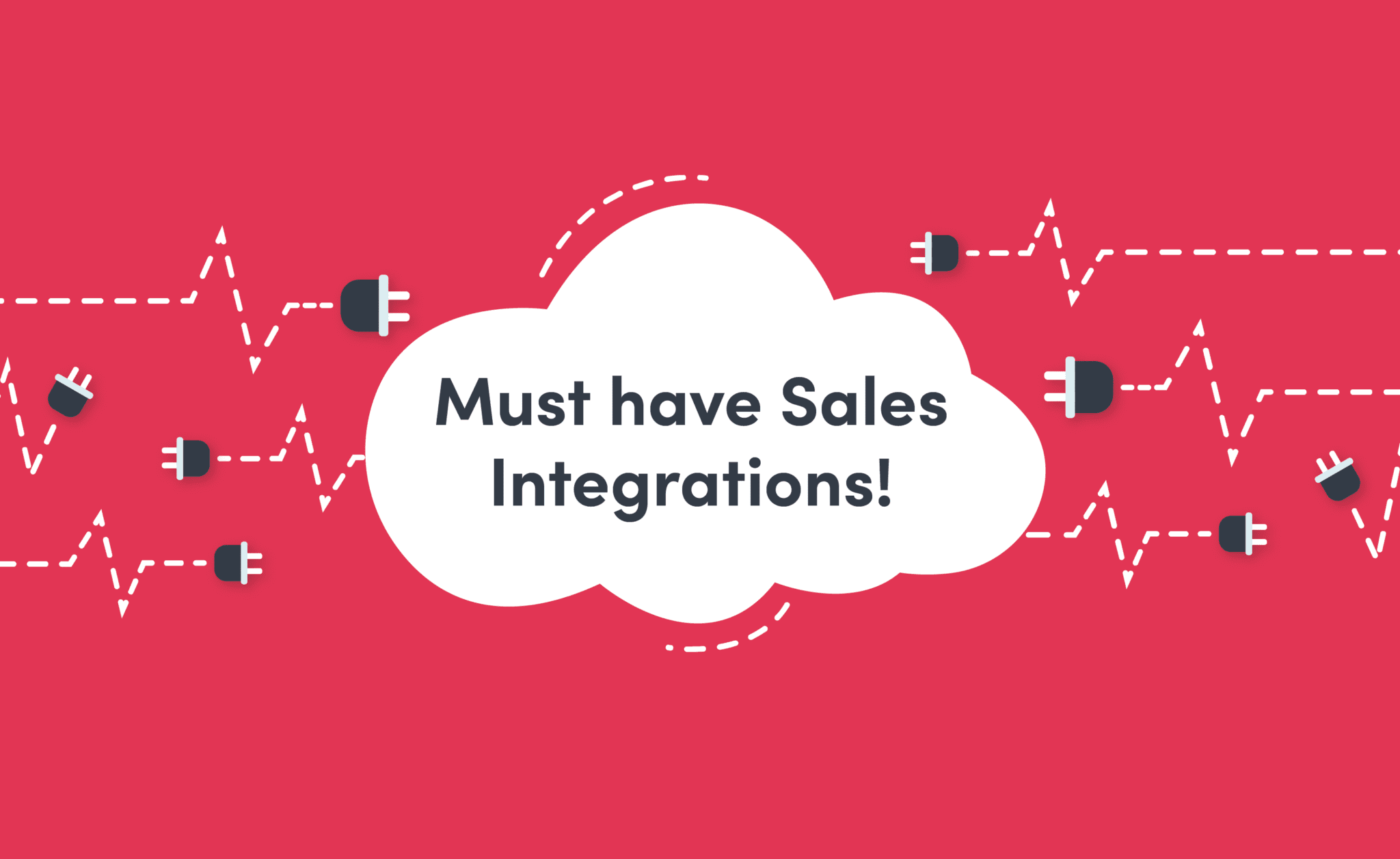
Updated on by Hayley Brown
Businesses can’t operate without sales. It is therefore important that your sales process achieves the best possible outcome. Taking a prospect, nurturing that lead and turning them into a happy recurring customer. Adding sales process integrations can help enhance this pipeline.
What is the Sales Process?
The sales process, known as the sales pipeline, is a consumer-focused marketing model. It is a set of repeatable steps a sales representative takes to take the prospective customer through the buying journey. From lead generation and lead nurturing to a new customer.
The steps in this process are variable depending on the type of product or service you are selling. One sales process example would include the following, initially approaching the lead or vice versa. Then discovering what they need, providing a solution to those needs and as a result, closing the sale. Then complete the sale and follow up.
Popular Sales Connectors
Typical Sales Process Integrations
There is a multitude of ways to connect APIs and build sales integrations for your sales pipeline. As a result, these can help boost lead generation, and nurturing and reduce human error.
An iPaaS solution can help build internal integrations. This helps your in-house sales team or creates external workflows for your customers. Business automation could look something like making sure sales data is combined and up to date across all sales systems.
As well as being triggered when a deal reaches a particular stage in the sales pipeline. This can help with automating pipeline management. This creates tasks and reminders for your sales team when a deal is created.
Sales & Marketing Integrations
Marketing and sales work hand in hand to generate leads. Whether it is in the form of advertising, social media engagement, blog content or email marketing. The two work in tandem to achieve an increase in sales.
One API integration example to use in your sales funnel would be when a customer expresses interest in a particular product. An automated email response can then suggest other products that are similar and provide more information to the customer. These are however at a higher price point. Ultimately This example uses automated integrations for upselling/cross-selling opportunities.
Other Sales and Marketing integration examples:
- Create new customers from landing page leads and follow up with a ‘welcome’ email campaign
- Add new sales leads to the email marketing list and audience segments
- Create new CRM entries when new contracts have been signed by leads
- Automatically fill in company data on your deals using external data.
Sales & Calendar Integrations
Syncing up your sales calendar with contact forms is a wise integration solution. However, this workflow can be enhanced further by automatically creating events in your calendar with Zoom meeting room details. As well as tasks for your CRM stakeholders who are involved in the sales meeting.
Other Sales and Calendar integrations examples:
- Automatically create events in your calendar with meeting room details
- Create tasks in your CRM for stakeholders involved in a meeting
- Create new contacts from scheduled calendar invitees
- Add new CRM tasks to calendar as events
Sales & Accounting Integrations
As well as marketing and sales working in tandem, accounting/billing also works closely with sales. To save time and manual data entry integrations can be built. As a result customer data will automatically be added to accounting and CRM systems. Therefore invoices and billing to customers can automatically be generated and sent.
Other Sales and Accounting integration examples:
- When a deal is won, automatically send the customer invoices, track the payment and begin the fulfilment process
- At the end of the month, an integration can produce a profit/loss report from the past 30 days of sales
- Generate billing/payment customers with new CRM accounts
- Create CRM opportunities for new payment charges
Sales & ERP Integrations
With sales and ERP integration, you can improve collaboration between departments. An ERP provides additional functionality to a business. As well as providing a view of an organisation’s finances, supply chain, operations, commerce, reporting, manufacturing and human resource activities.
Therefore a sales process integration will speed up the processes between sales and operations with automated data sharing and processing.
Other Sales and ERP integration examples:
- Turn quotes into sales orders and generate customer invoices
- After a new sale check and update inventory once the order has been shipped
How are these sales process integrations beneficial to your organisation?
An integration platform as a service can help your customer data integration input by reducing human error data entry and creating streamlined automated workflows. As a result, saving your sales team time and helping to improve customer relationships and experience.
In other words, your sales process and the team will appreciate a boost from API to API integration with automated tools and premade API connectors. As a result, you’ll provide them with fast solutions meaning they can focus on nurturing and closing sales.